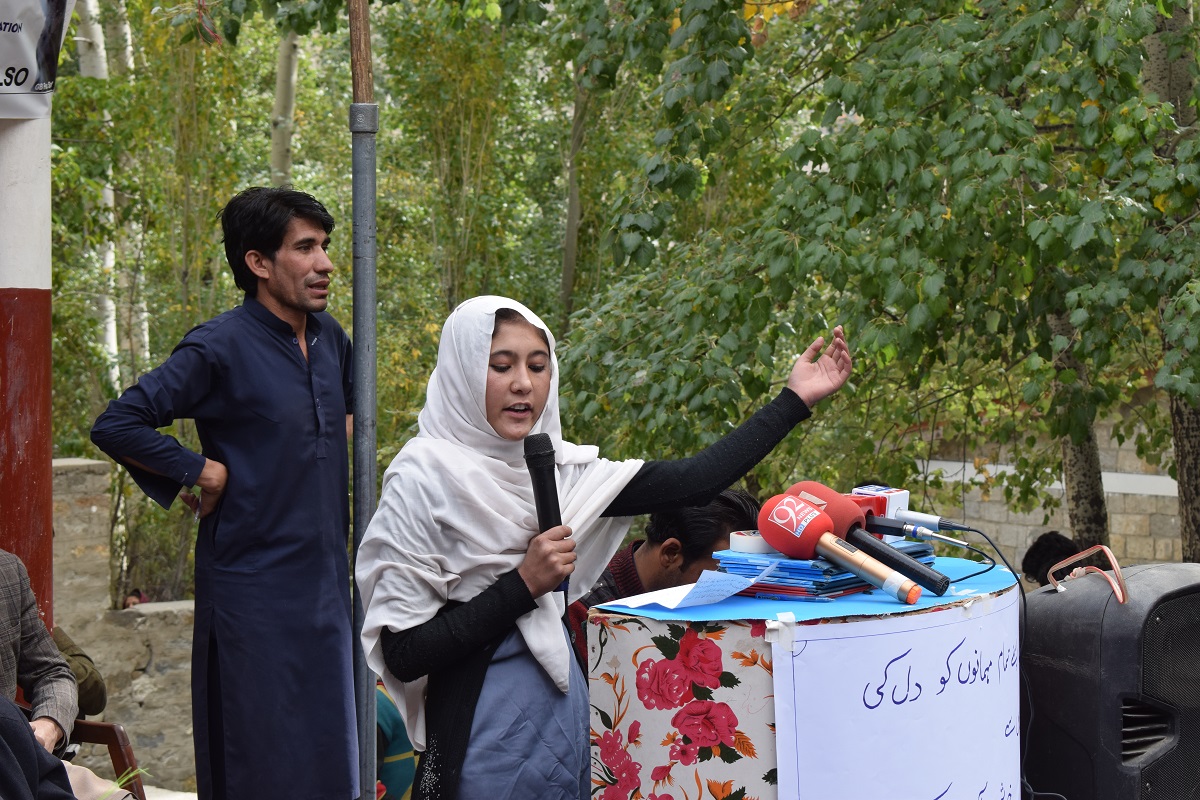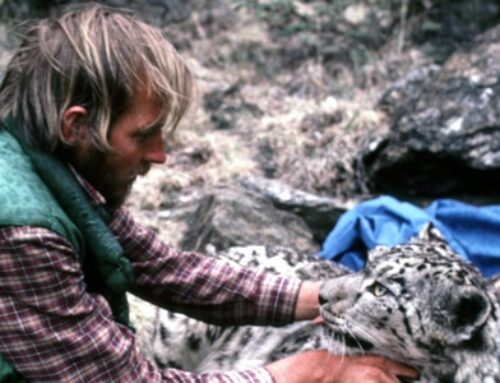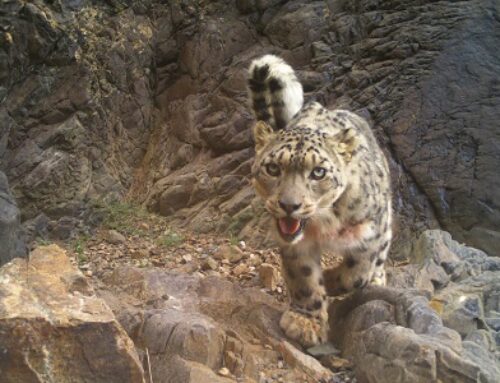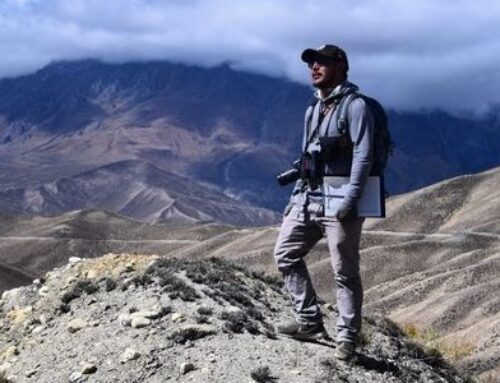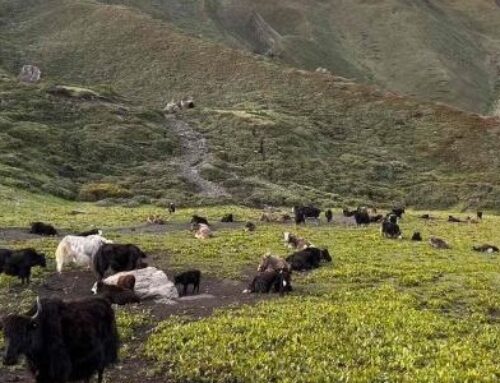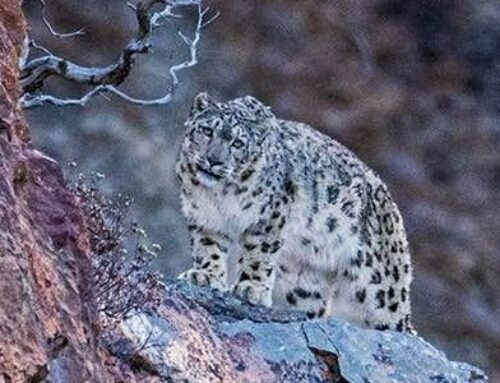Dear Friends,
As the year 2021 comes to a close, we would like to recognize our incredible partners in the field who work closely with mountain communities to establish a peaceful coexistence with snow leopards.
Local people are at the heart of saving snow leopards. And creating community awareness of their ecological, cultural, and spiritual importance is a necessary step in their preservation.
Over the past year, our partners have continued to facilitate instruction in conservation education in school-based settings and bring unique programs and resources to boys and girls living in remote areas and their families. In this final post of 2021, we highlight two initiatives which are inspiring children to become guardians of the wildlife who share their home.
Please consider making a donation today to support these programs. Your contributions help to ensure the survival of snow leopards. They are an investment in long-term solutions for the high mountain communities of Asia that enable them to coexist with this majestic predator. And they help to create pathways toward successful community stewardship of the landscape.
Thank you so very much.
Wishing you a Happy New Year!
Rodney, Ashleigh, & the Snow Leopard Conservancy Team

Rodney Jackson, PhD
Founder-Director


Ashleigh Lutz-Nelson
Executive Vice President

Shining a Spotlight on Educational Initiatives
Sharing Traditional Knowledge
In the video below, Zhaparkul Raimbekov, a founding member of Land of Snow Leopard Network, spiritual guide, and Giver of Blessings describes a Kyrgyz legend to his grandchildren that emphasizes the spiritual importance of the snow leopard.
Inspiring Local Communities
School children and adult community members are engaged and informed about the importance of snow leopards through International Snow Leopard Day festivals.
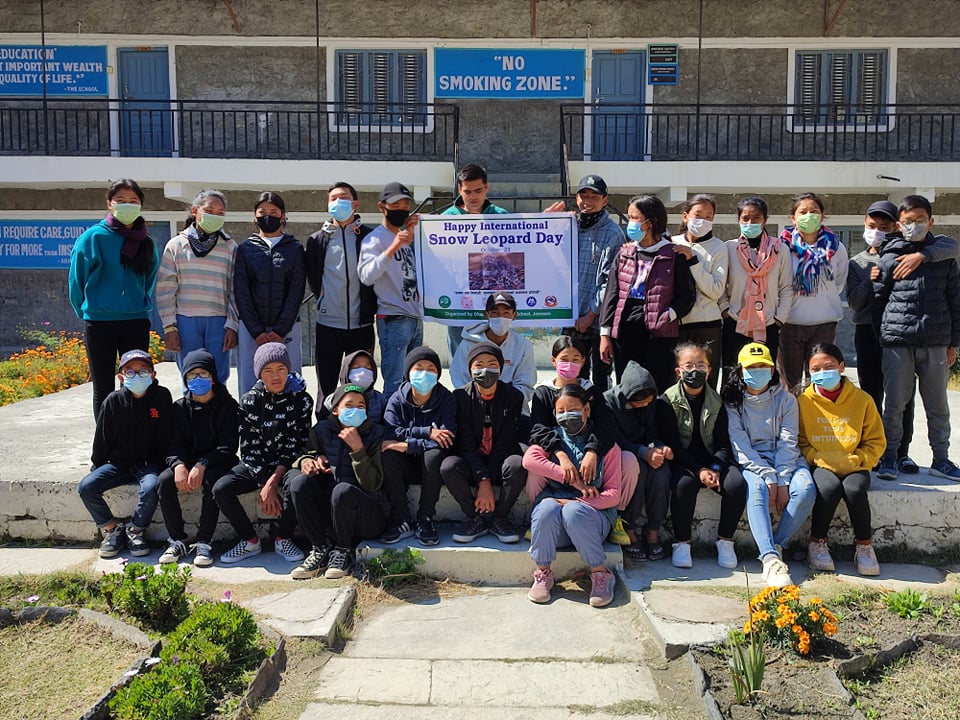
International Snow Leopard Day 2021
– Nepal –
Conservation stakeholders in Nepal celebrated snow leopard day on October 23, 2021. Different activities were organized in several locations of the Mustang and Taplejung districts. These districts are prime habitat for snow leopards in Nepal.
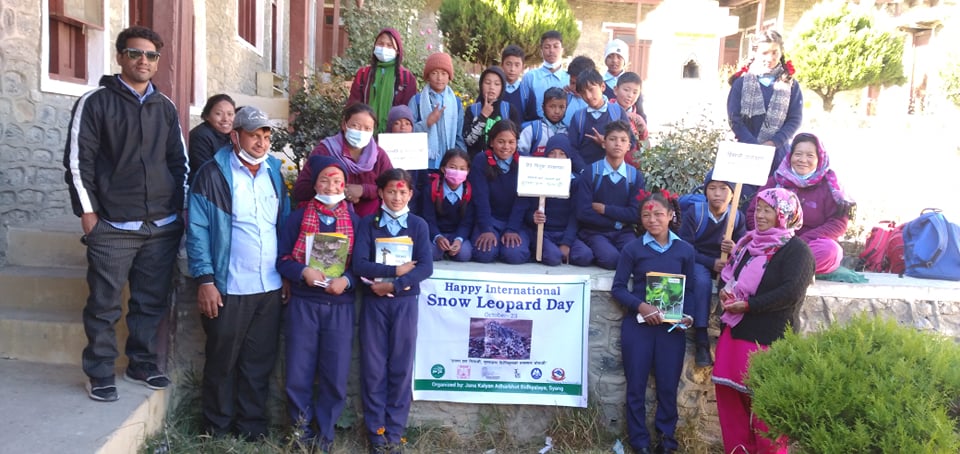
Taplejung District
A contest was held in the Nepal’s Himalaya region by Himali Conservation Forum (HCF) on the day of the festival. The Snow Leopard Day event was held at Sarswoti Higher Secondary School (SHSS) at Sikaicha in Sirijangha Rural Municipality, Taplejung, Nepal.
Sixteen children from grades 6 to 10 (12 girls & 4 boys), participated in the contest. The children were asked 60 questions related to conservation and snow leopards. The activity was held in partnership with the Department of National Parks and Wildlife Conservation (DNPWC), Snow Leopard Conservancy, and Teka Samuha Nepal.


“An activity such as this helps to develop a positive mind set in students and teachers along with generating awareness of the snow leopard and biodiversity conservation of a particular area,” reports Ramesh Rai, Field Coordinator of a community-based snow leopard conservation program in Taplejung who is also an executive director of HCF.
Students Tapiwa Limbu, Sarita Khadga, Dipendra Bista, and Anish Khadga of the Annapurna Group won first place. Winner Tapiwa Limbu said, “We are very proud to have this opportunity to take part in this event.”

Mustang District
In the Mustang District, local schools organized rallies, art competitions and a community clean-up program, which were coordinated by the Kathmandu non-profit organization Teka Samuha Nepal. And together with the National Trust for Nature Conservation-Annapurna Conservation Area Project, the Snow Leopard Conservancy helped to carry out the events.
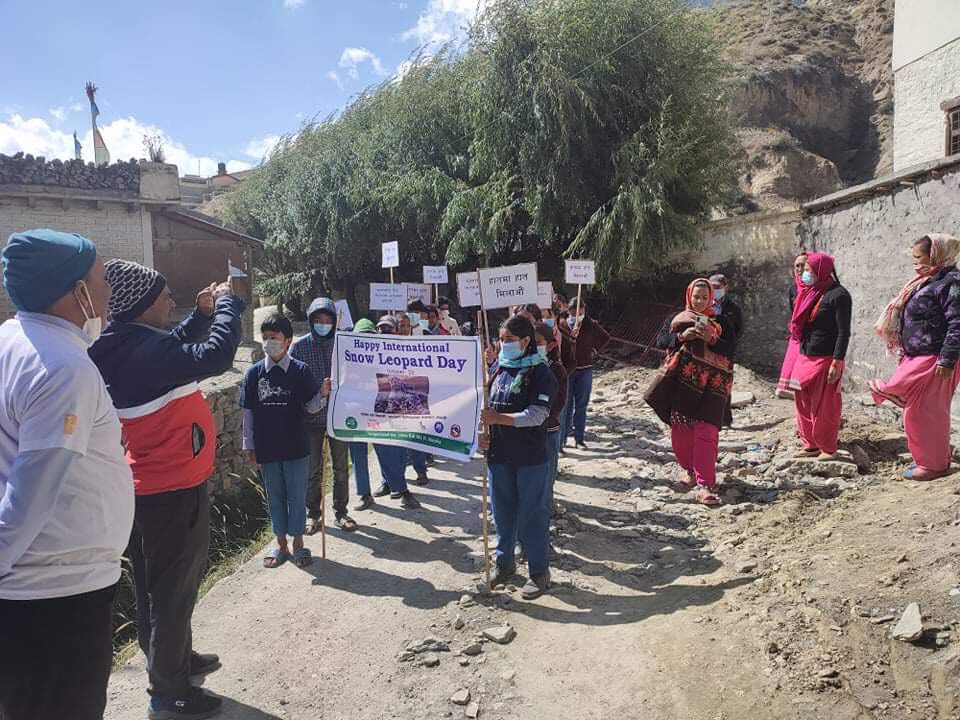
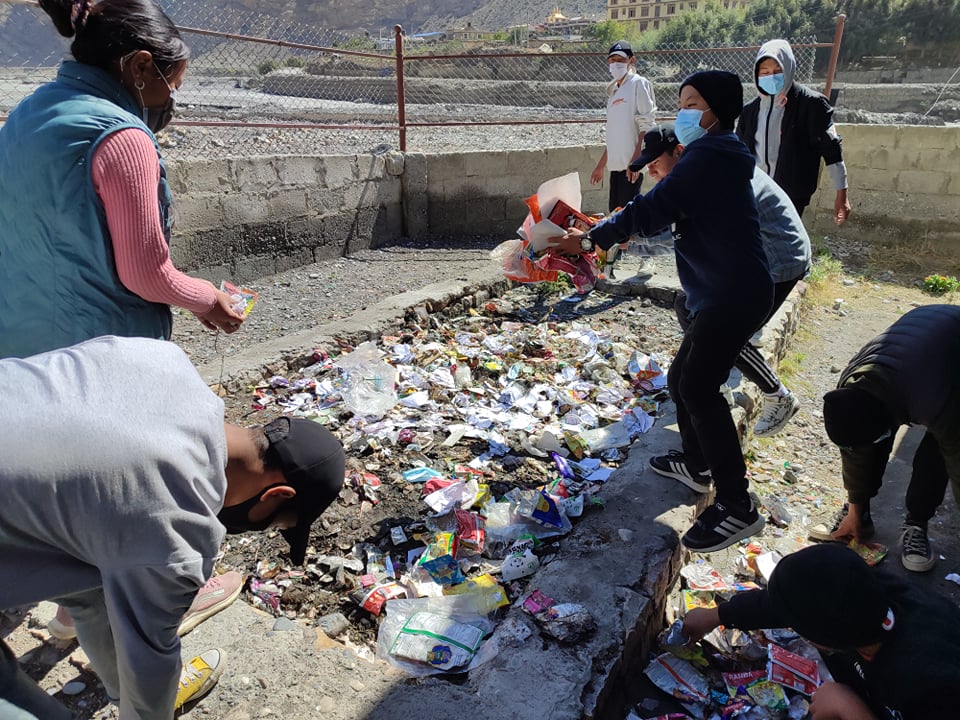
Altogether, 300 students, teachers, and local conservation stakeholders participated in the rallies. “During the rally, banner display and conservation slogans helped local people to understand the snow leopard, its habitat and prey, and its conservation value”, said Niraj Thakali, Field Coordinator for Teka Samuha Nepal. The rally slogan was entitled “Happy Snow Leopard Day: Join hands together and save the environment for snow leopard!”
– Anil Adhikari, Editor of the Snow Leopard Magazine
– Pakistan –
The children of Basha Valley, Pakistan, ignited the spirits of everyone when International Snow Leopard Day was celebrated at Middle School Basha Shigar. The event was organized by the Baltistan Wildlife Conservation and Development Organization (BWCDO) in collaboration with Iqra Fund, an NGO that has been the pioneer of girls’ education in Basha since its inception in 2011. The coming together of Iqra Fund and BWCDO has resulted in remarkable results for the valley.
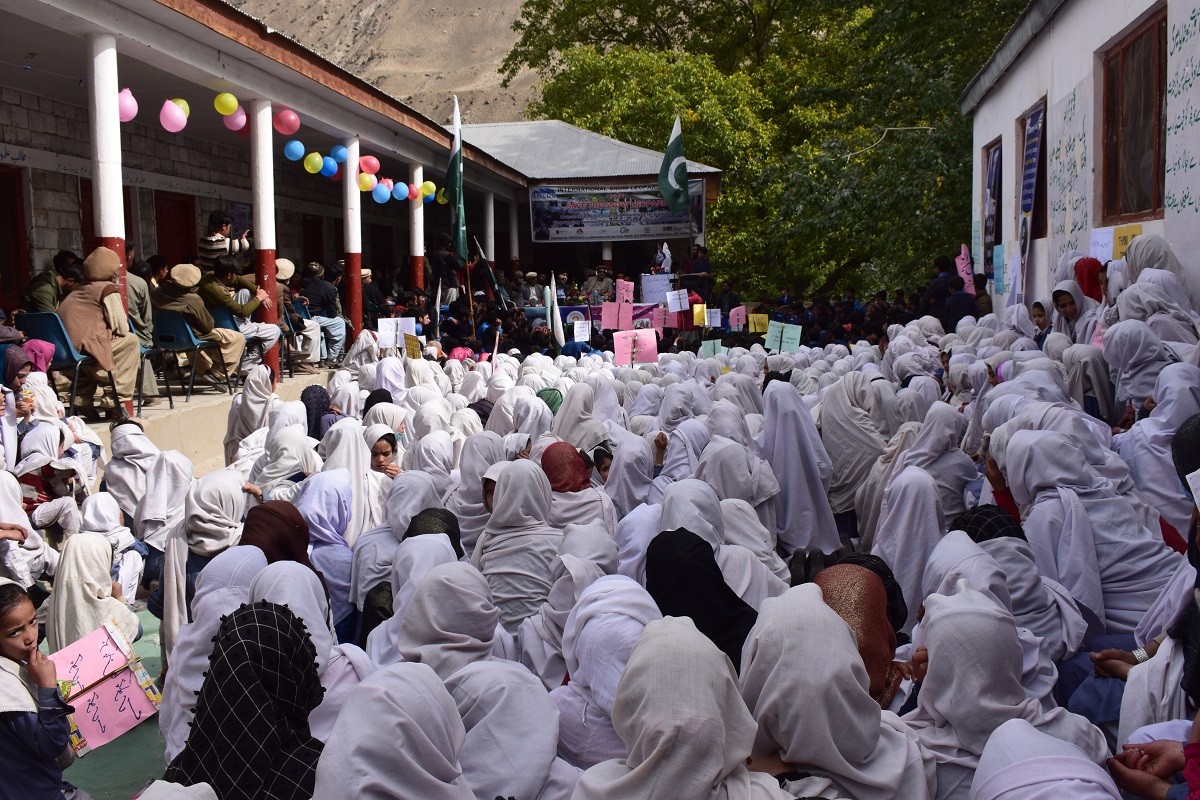
Supported by the Snow Leopard Conservancy, BWCDO has long focused on conservation education as the most effective and sustainable method of protecting wildlife and habitats and improving the lives of locals. Evidence of this was seen at the event, which included a speech competition between the students of different schools, an arts competition, and a quiz which focused on conservation and history of the region.
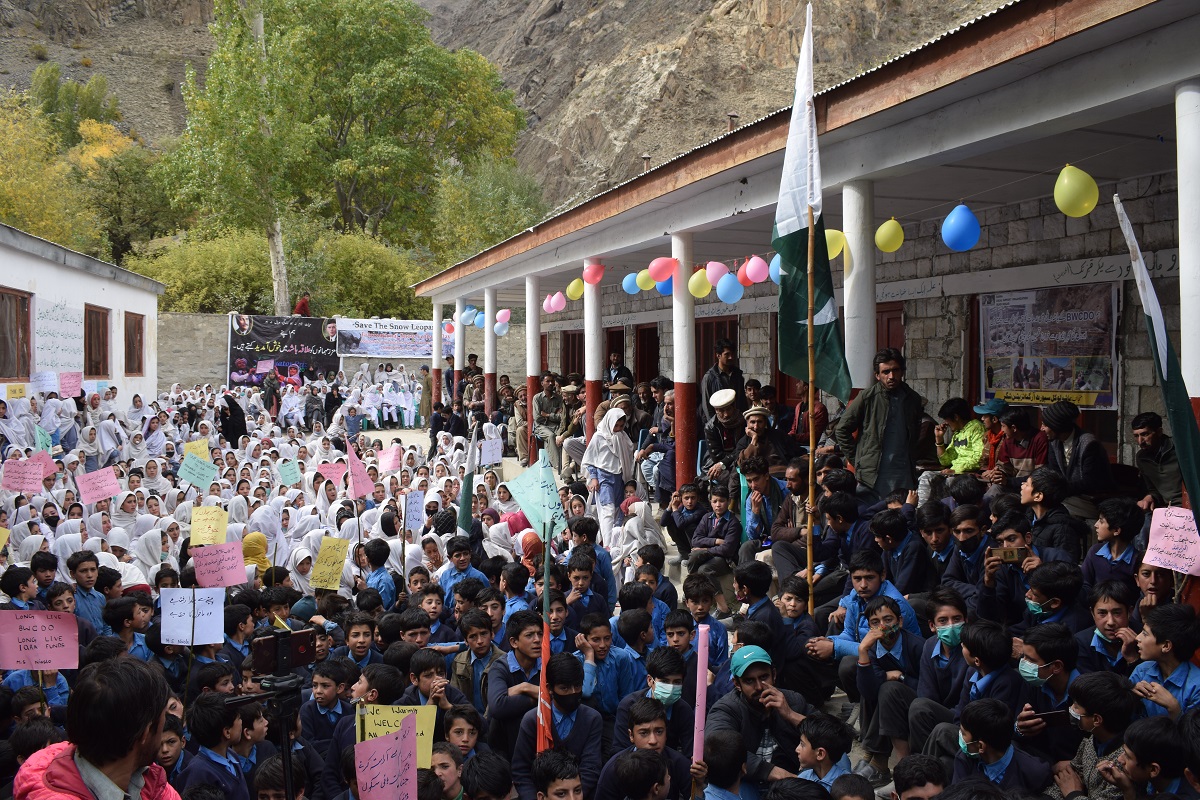
The Minister of Education, Gilgit-Baltistan, Raja Muhammad Azam Khan, congratulated and praised the work done by BWCDO, which produced a successful model of education, conservation, and community engagement most importantly through the custodians of the future – the children of Basha. This model of giving to the community through the important gift of education has enabled humans and wildlife to exist in harmony.
Seeing the remarkable efforts done over the years and the motivation of the children and elders alike, Forest Conservator, Gilgit-Baltistan, Mehmood Ghaznavi promised to make the valley of Basha an officially protected area, which would grant the community incentives, opportunities, and rewards for their already existing culture of wildlife protection.
